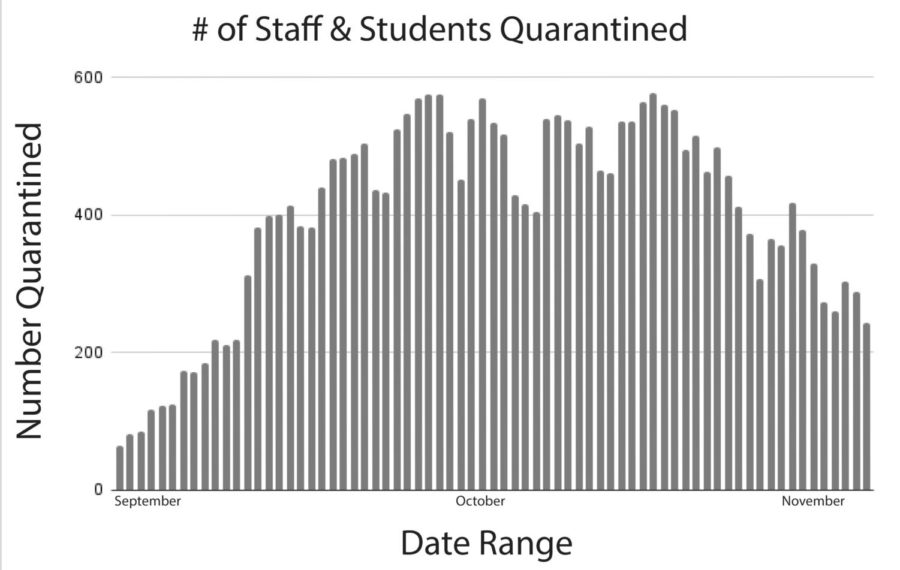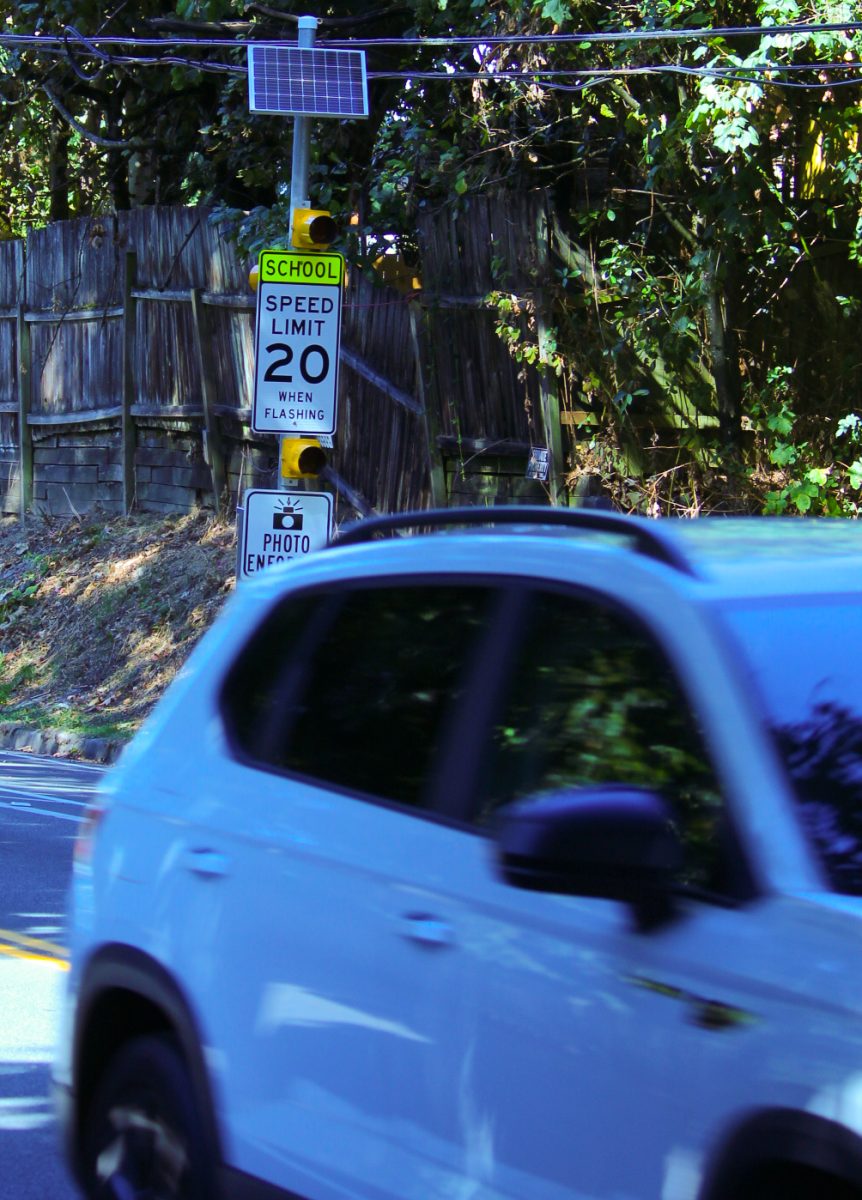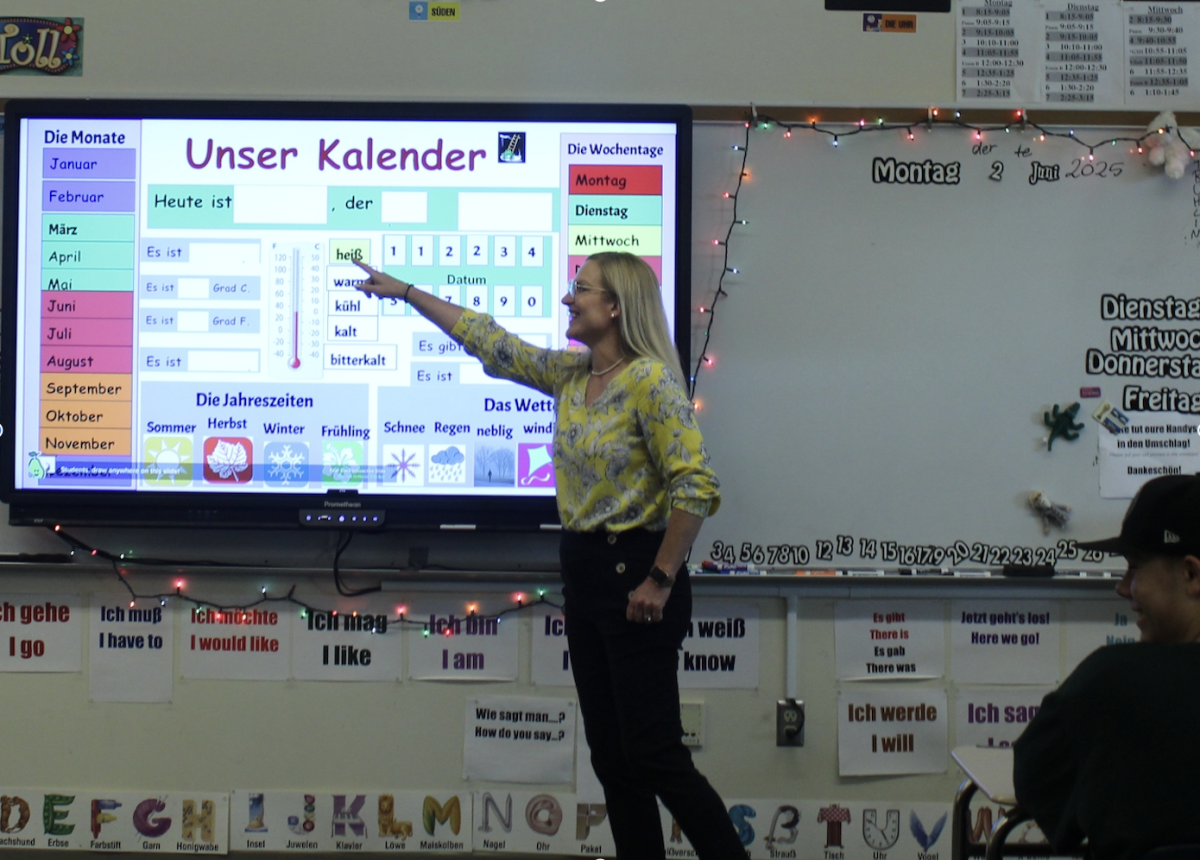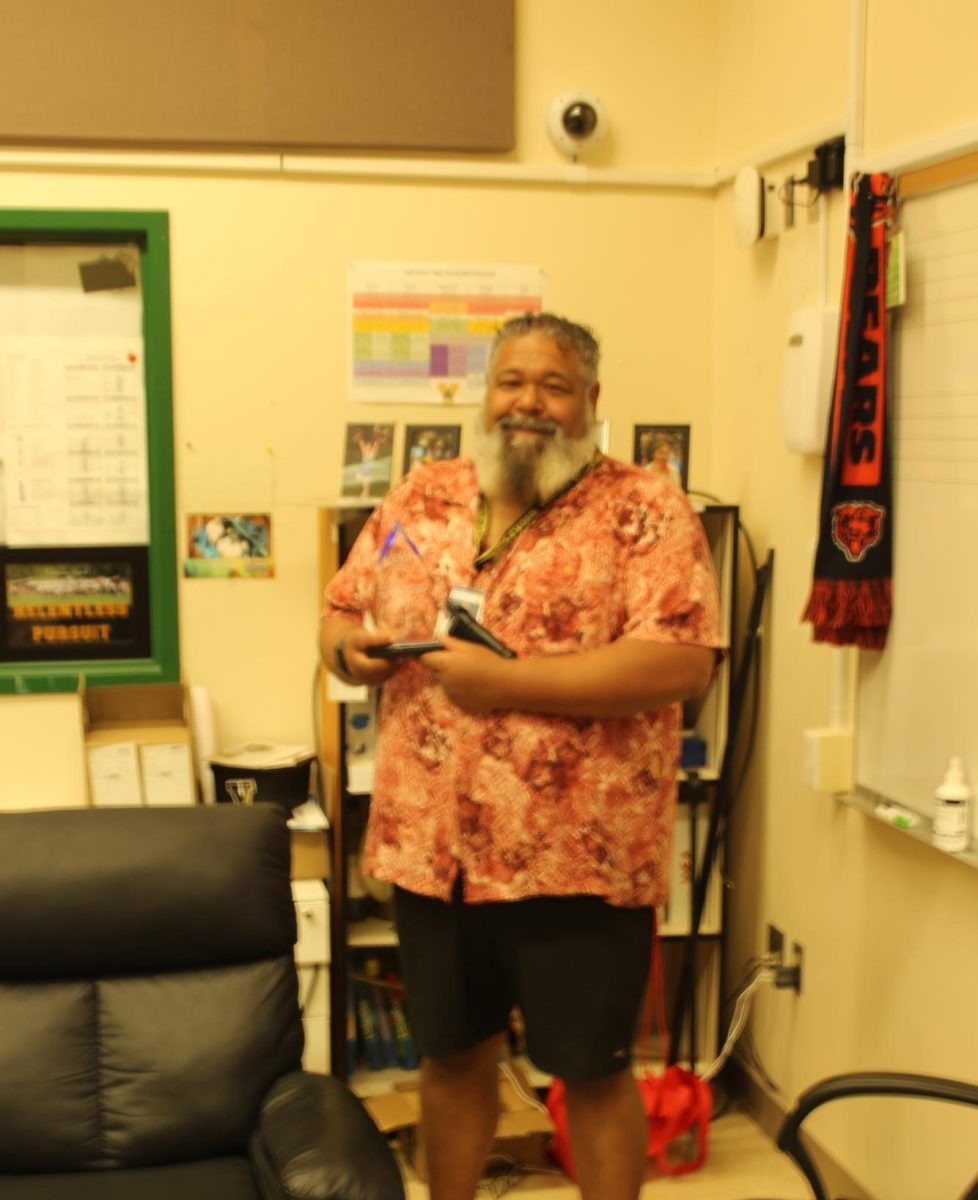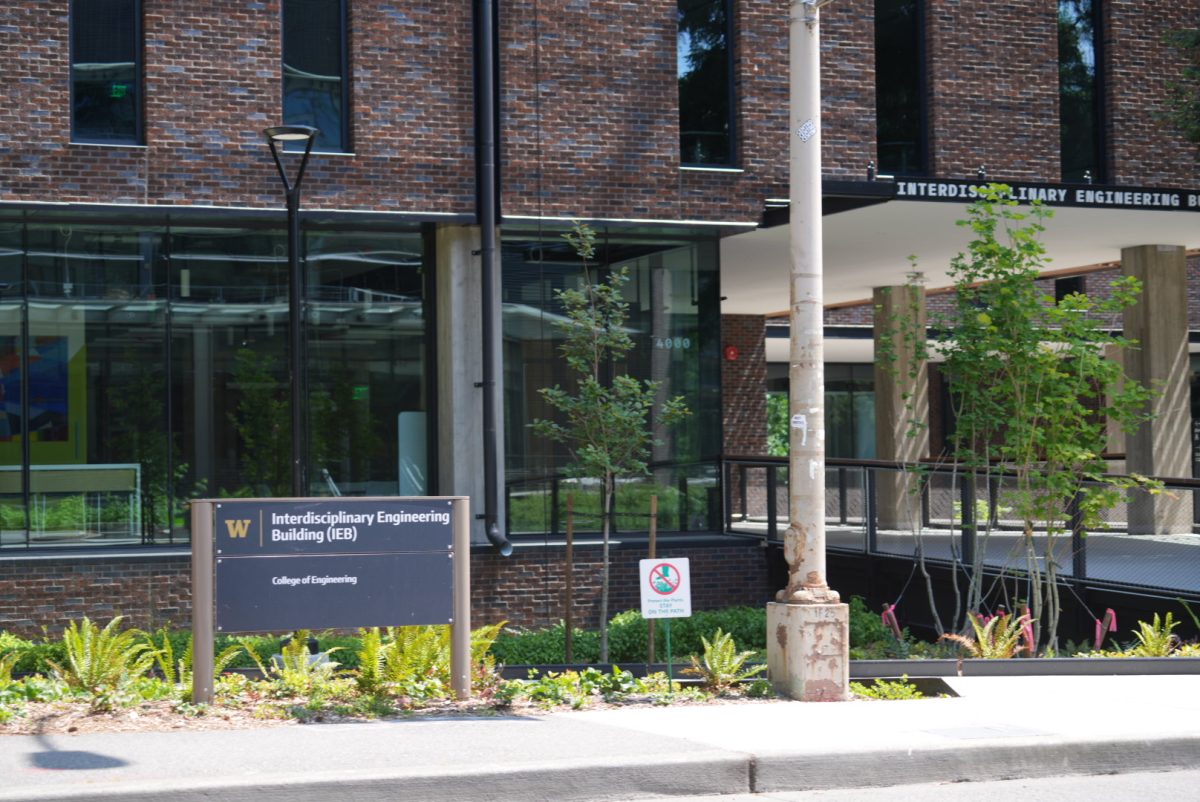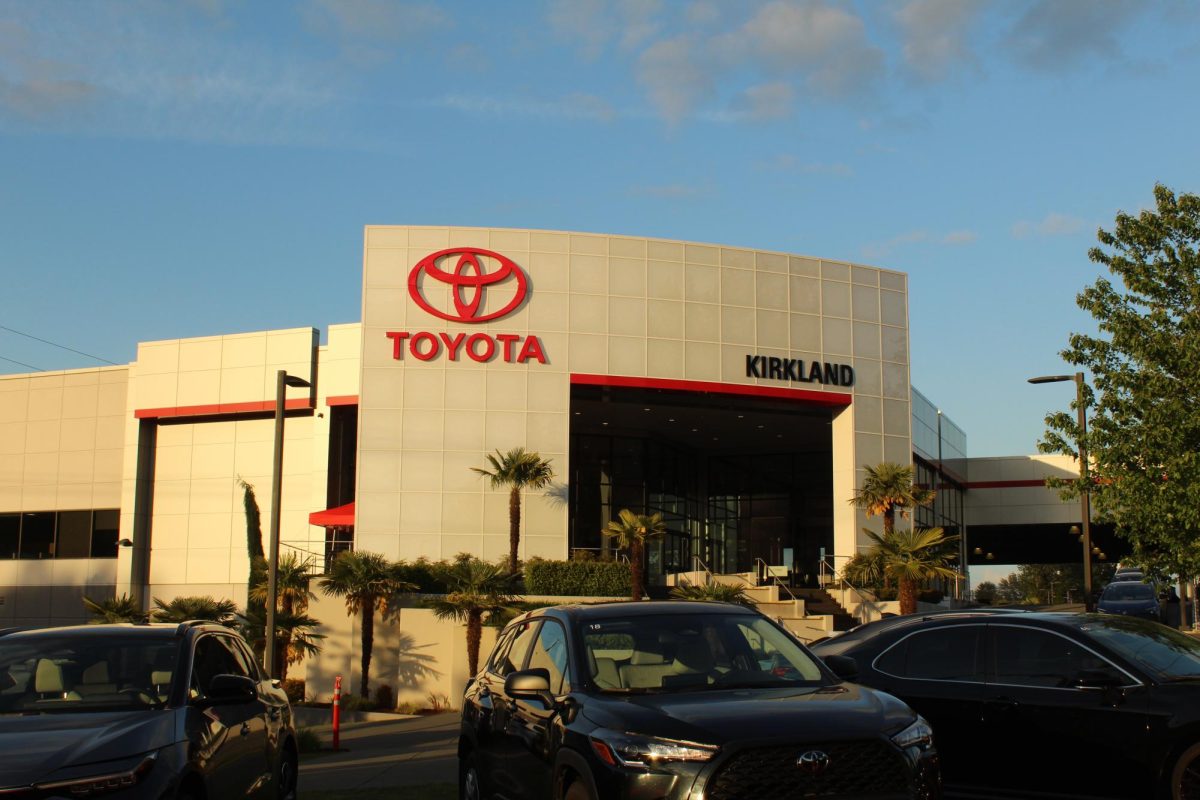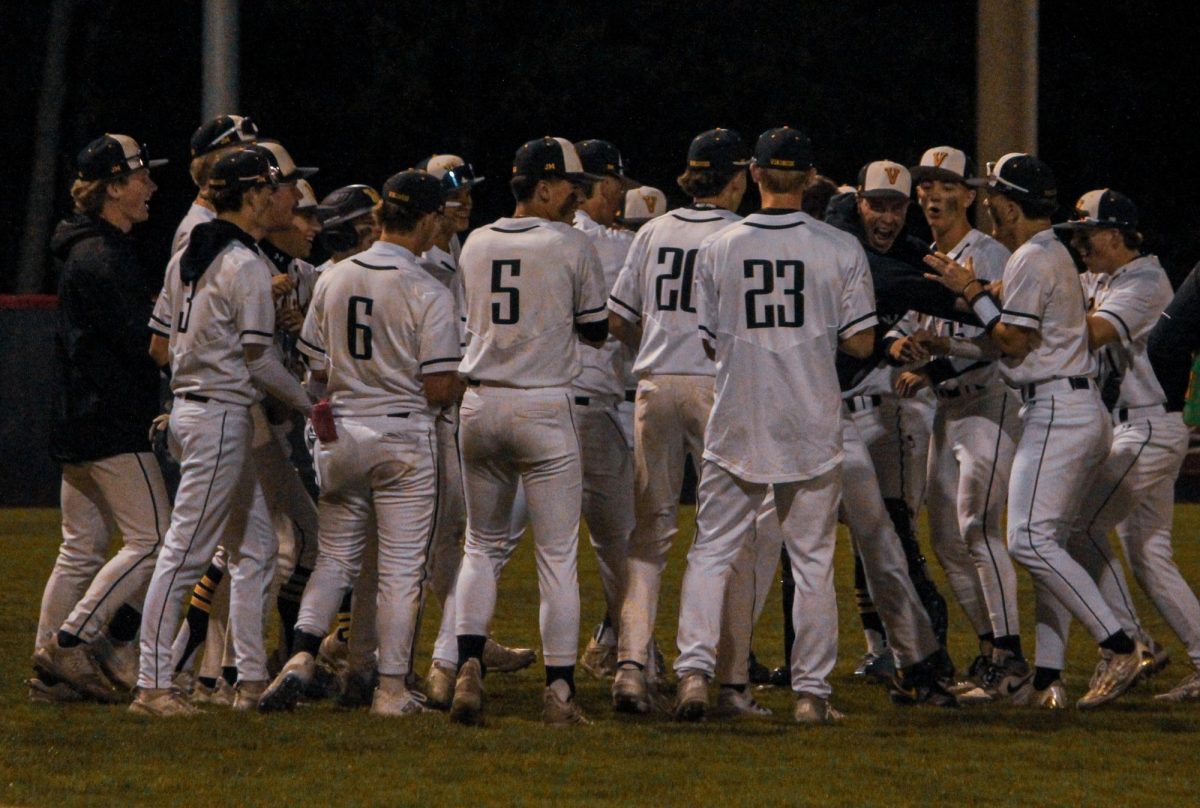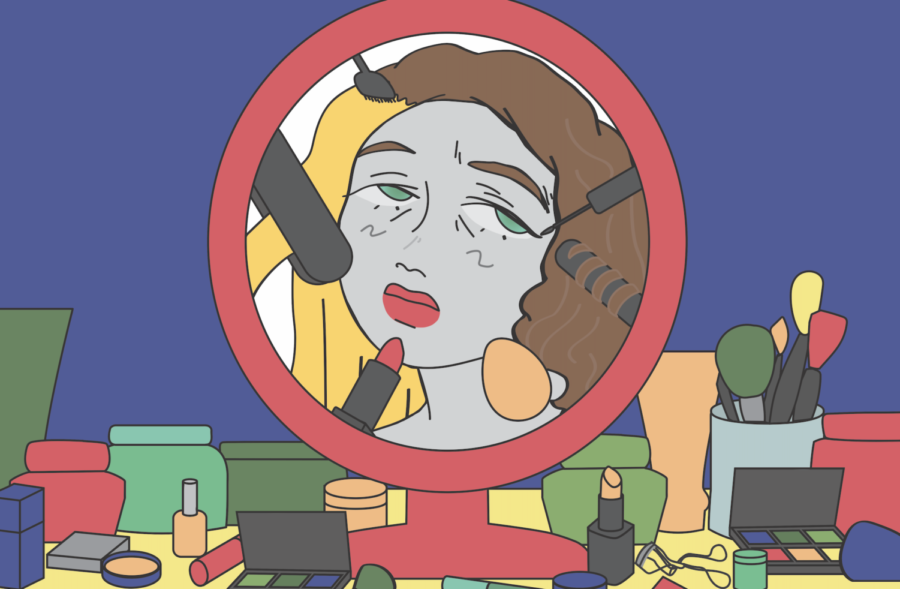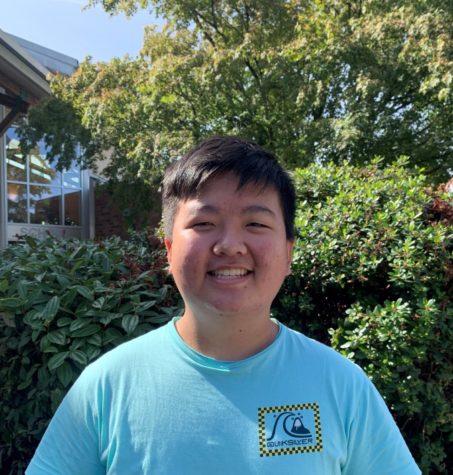As of Nov. 15, 2021, the United States has had 47,000,000 COVID-19 cases, Washington a total of 753,000 cases, and the Northshore School District a total of 438 cases. COVID is still ravaging the world, and even though schools are now open in NSD, some restrictions have been established.
“It’s not up to the district. There’s guidelines from the State Department of Health; King County has its own guidelines, and Snohomish County has guidelines as well,” said Clark Combs, who is currently acting as the NSD logistics official for COVID. “We have schools in both counties, which is a lot of fun. We haven’t hit that benchmark yet for closing schools though.”
The Washington Office of Superintendent of Public Instruction states that a COVID-19 outbreak in a school is reached when at least 10% of students, teachers or staff within a specified core group–including but not limited to extracurricular activities, cohort group, and before/after school care–have a probable or confirmed COVID-19 infection.
“We haven’t hit that benchmark yet for closing schools because of our active testing program. We’re one of the few districts that’s doing pool, or batch, testing. It’s like throwing out a big net,” Combs said. “That doesn’t mean you have COVID; it just means that someone in that batch has it, so we go on to the next step, which is called a PCR test, or individual test. If you’re fully vaccinated, you can do that test at school, but if you’re unvaccinated, you would have to come see me at Pop Keeney for a test. If you’re negative, then you’re back to school.”
Nurses at schools also have what they call “rapid antigen tests.” These are not as effective as PCR tests, but they can get results back in around 15 minutes.
NSD aims to return to a COVID-free environment, but there are a few hurdles they must pass first. With the older age groups mostly vaccinated, NSD is focusing on the younger age groups.
“Our biggest thing is that we’re waiting for the 5 to 11 year-olds to be vaccinated, because … the majority of our cases are in the elementary schools, and they’re not vaccinated. Luckily, they don’t get as sick, and I haven’t seen any cases where kids have ended up in the hospital,” Combs. “But they’re children, and one of their jokes is that you go to school with a spiderman mask and you come home with a superman mask. First graders will trade things, and COVID still spreads even though we’re trying to stop it.”
On Oct. 29, a smaller version of Pfizer’s COVID vaccine that contains one-third the regular dose given to ages 12 and older has started shipping to vaccine clinics and pediatricians’ offices for 5 to 11 year-olds, which will change how NSD does COVID testing, and it may signal the beginning of schools returning back to normal.



